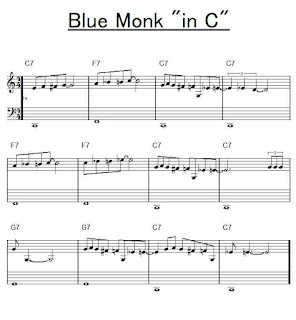chord progression analysis and a "jazz" found in Chopin's Nocturne No. 2

Chopin's Nocturne No. 2 is one of the most well-known classic piano tunes. Here we find a jazz like modern modulation technique. In the 12th stave, the preceding phrase ends as the key of Bb at the fourth note of D of the melody. The composer needs to modulate the key immediately to the original Eb. If we analyse the chord progression as jazz musicians do, the interpretation would be like this. Bb-F7(#11)-Emaj-C7-F7-Bb7-Fmaj (I-V7-#IVmaj-II7-I7-Vmaj7, if we write in the key of Bb) F7(#11) (#Vmaj) is interpreted as a alternate dominant chord for the cadence resolving to the tonic chord of E; the progression from Emaj(#IVmaj) to C7(II7) sounds a little abrupt but quite familiar to popular music fans today; consequent C7-F7-Bb7-Fmaj is very common progression called "6-2-5-1" pattern of jazz tunes. Here, the chord sequence that is not very common in jazz is "Emaj-C7" sequence. A question is, if we have Emaj chord in the tune written
